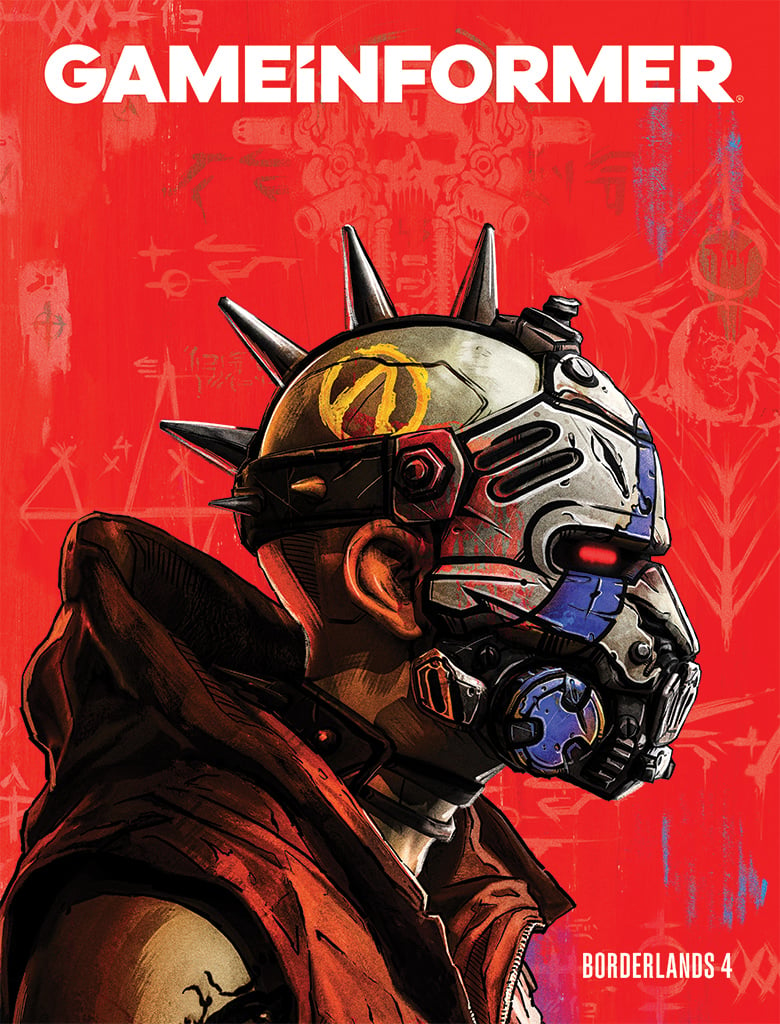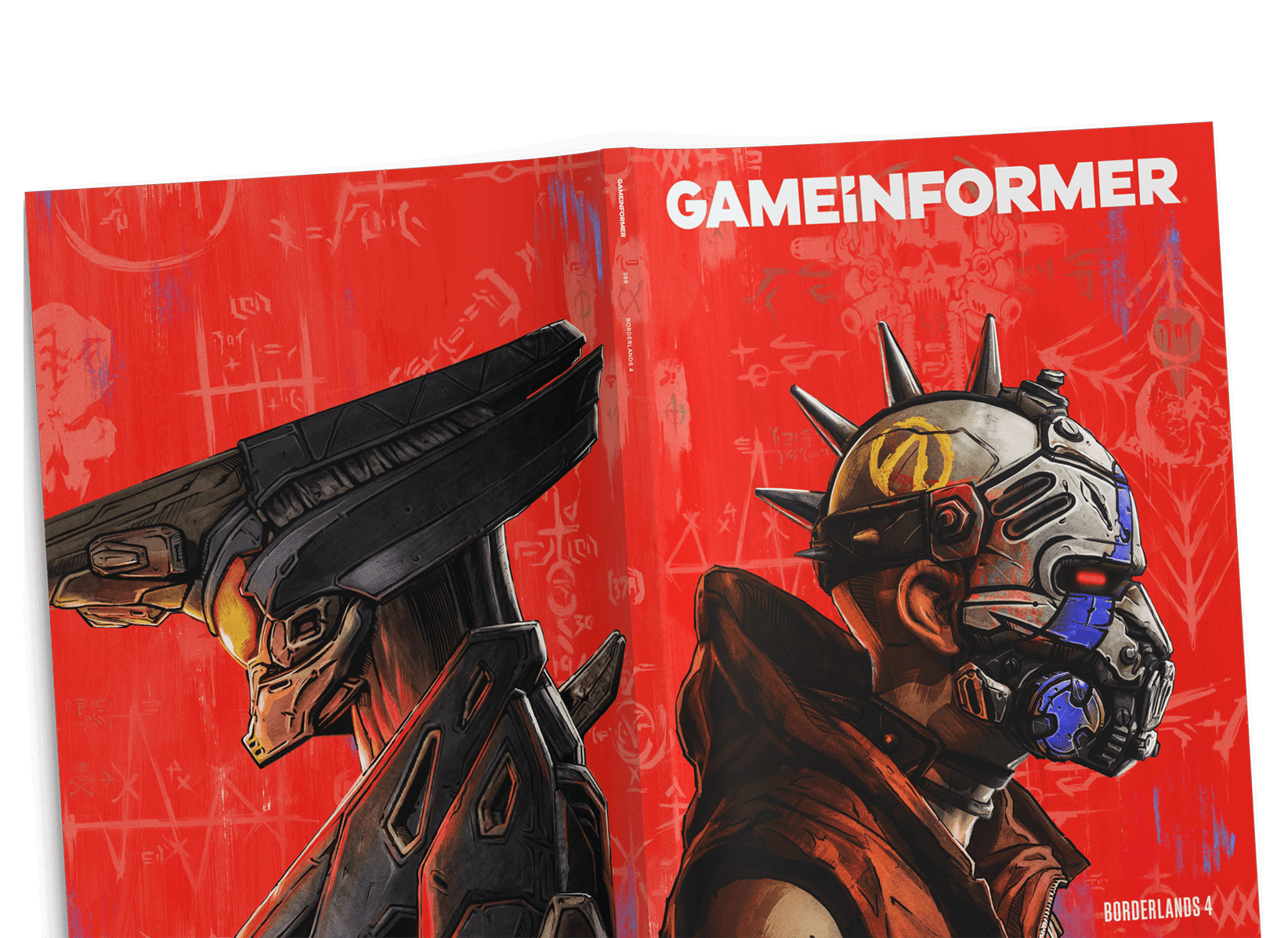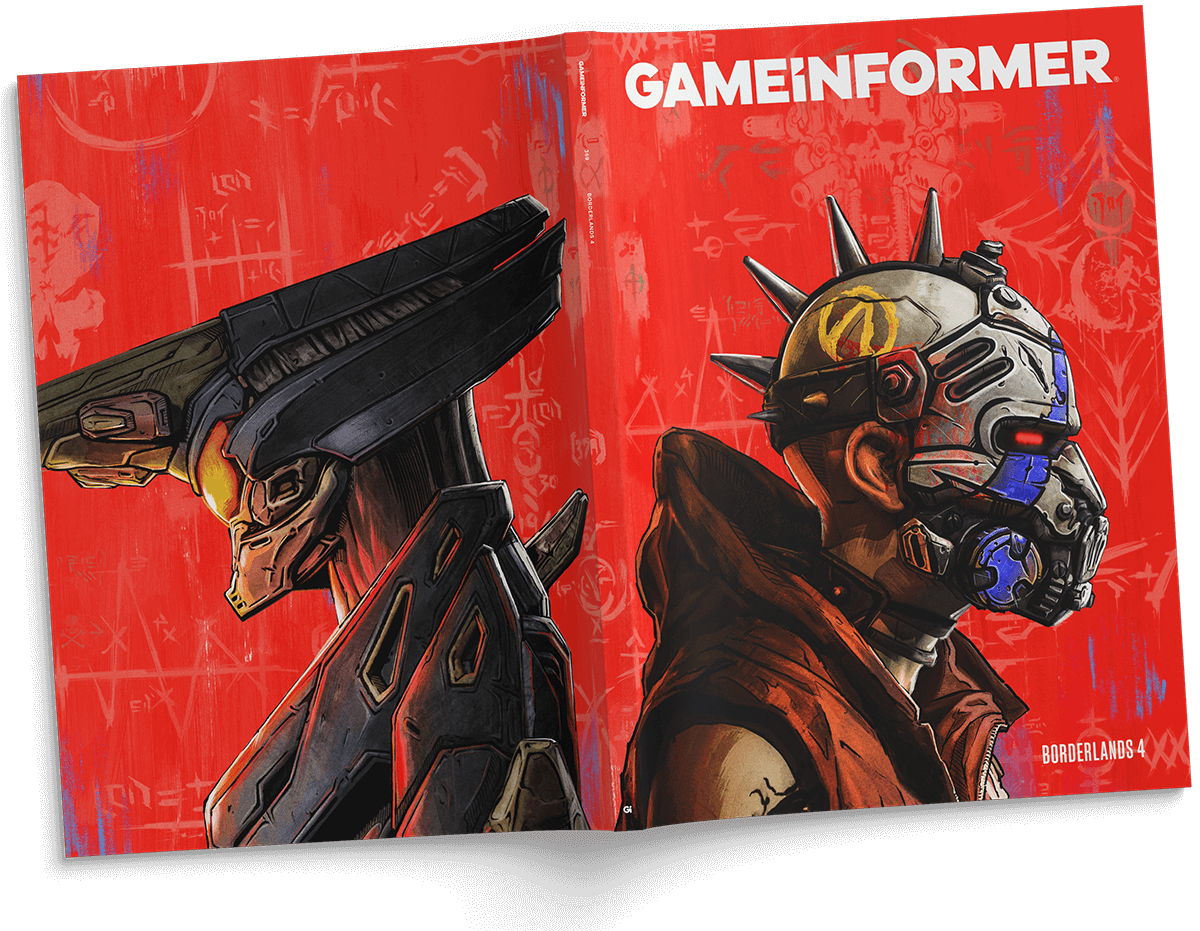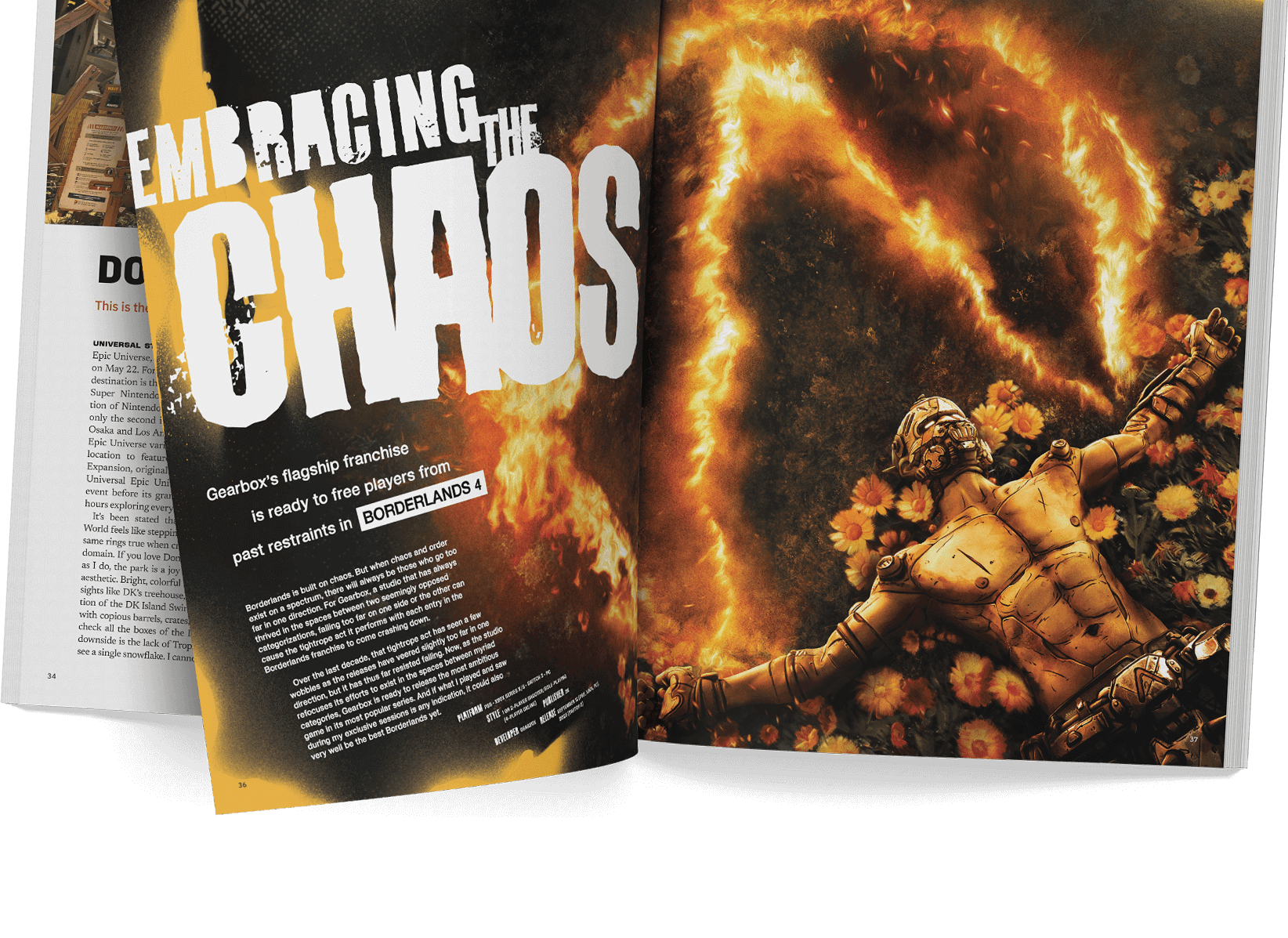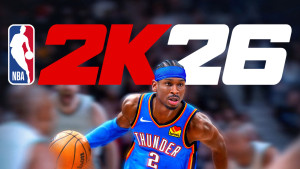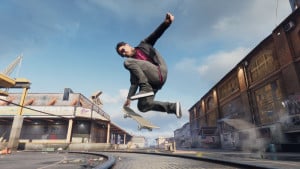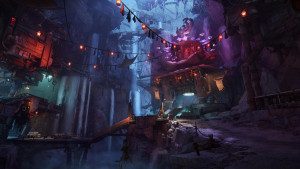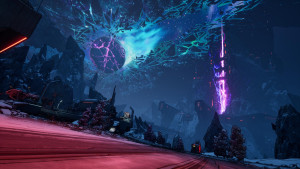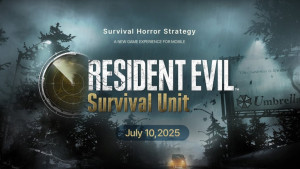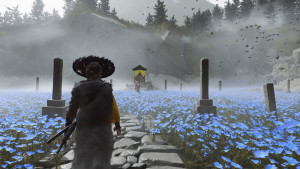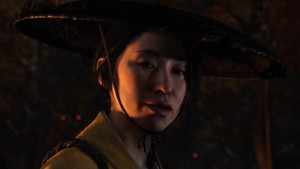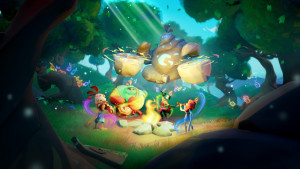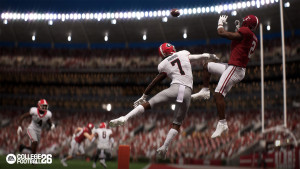Be the first to get Game Informer’s August Issue! Subscribe Now
The Legend of Zelda: Skyward Sword Review
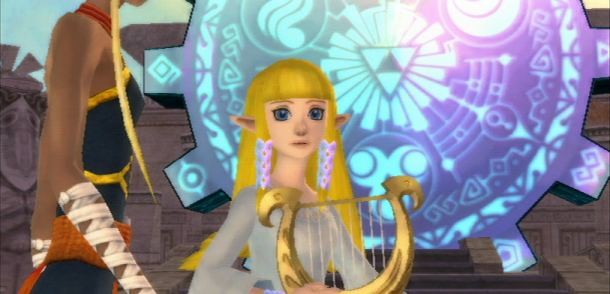
I remember the rush of excitement the first time Nintendo unveiled the Wii’s motion controllers. The upcoming system was still called the Revolution back then, and the name seemed well-suited. My mind flooded with visions of how I would use the insane new controller in the future: shooting down opponents with pinpoint accuracy, swinging my sword like a skilled blademaster, jumping with controller in hand as an on-screen Mario does the same – who knows what else? It was a strange, risky move for Nintendo, but the publisher had my implicit trust. I believed Nintendo would figure it out.
Sadly, the revolution never really materialized. Nintendo and a few other publishers released plenty of excellent titles throughout the Wii’s lifespan, but the majority of them could have been done just as well with a regular controller. As what’s likely to be the last major Wii release from Nintendo, Skyward Sword is a fitting finale for the console. This is the first game I’ve played that delivers on the promise sparked by that initial Wii remote showing.
Skyward Sword’s combat and puzzle-solving rise above the majority of Wii releases (and even most recent Zelda games) thanks to the clever and challenging implementation of motion controls. Most Zelda titles have simplistic combat where mashing a single button turns into a frenzy of flourish-filled combos. Skyward Sword demands a much higher level of patience and mastery. The direction you swing the Wii remote directly correlates to the angle the sword slices in-game, and enemies are smart and fast enough to block incoming attacks.
I had concerns that carefully plotting my attacks for every swing would get boring or frustrating, but the opposite was true. I’ve never felt as engaged or interested in the combat portion of a Zelda game as with Skyward Sword. If you run into a group of enemies waggling the Wii remote like a madman, you will be torn to shreds. Success in swordplay depends on studying opponents' moves and attacking at the right time and from the right angle. When the correct method to defeat each foe finally clicked, I felt a sense of satisfaction that repeatedly tapping the A button never provided.
This impressive combat system leads to some of the most interesting boss battles in the series' history. Whether you’re fighting a giant scorpion or a sword-swinging robot, Skyward Sword rarely falls back on the formula of using a tool to knock out the boss and then attacking it three times in a row. You need to be much smarter and much more persistent to best these bad guys. In fact, the last two boss encounters are the most difficult fights in any Zelda game thus far.
Motion controls are used for plenty more than sword swinging. Free falling as Link, controlling a mechanical beetle, aiming shots from the bow – virtually every action can be controlled via motion. I’m still shocked that Nintendo crammed so many varied uses of the Wii remote into the game without it coming off as a series of tacked-on minigames. Whether rolling a bomb along the ground like a bowling ball or pulling a switch down using the new whip item, the motion controls feel natural and rewarding.
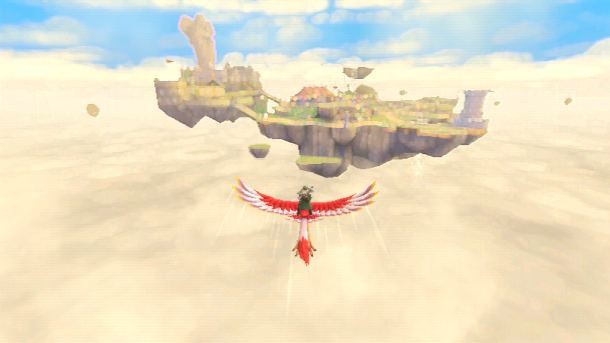
The biggest surprise in Skyward Sword is the story. For all the different shapes it has taken, the plot of The Legend of Zelda has always been a fairly predictable affair that feels like an afterthought. Skyward Sword doesn’t elevate the art of video game storytelling, but it is a major step up for the franchise, with clever writing, an interesting (if strange) new villain, and a wide cast of characters that would feel at home in one of Disney’s better animated movies.
The first third of the game feels like a traditional Zelda tale – with Link rushing off to save the damsel in distress – but some twists send the plot in surprising directions that kept me uncertain of what to expect. As I approached the game’s end, it did the unthinkable: It made me actually care about the characters. I won’t spoil what happens, but I don’t think the full story arc of a Zelda game has ever been as emotionally effective as Skyward Sword.
Despite my love for it, I can recognize a few elements of this latest Zelda adventure that some gamers are going to dislike. The much-vaunted Skyloft proves to be a fascinating starting locale with tons of sidequests and secrets to discover, but flying to different floating islands takes a bit of time. It’s much faster and generally less annoying Wind Waker’s sailing, but there were times where the pull of my next objective was so strong that I would have gladly accepted a fast warp to that location.
The vast, open Hyrule Field is replaced by tinier, more disconnected, and more puzzle-centric ground areas leading up to dungeons. Although Skyward Sword is lengthy – my first playthrough took just over 40 hours – the physical size of the game world is smaller than Twilight Princess. As such, the game occasionally tasks you with backtracking through areas you’ve already completed while on fetch quests, but it usually changes the environment in interesting ways or throws out new challenges. I never felt cheated by the repeat levels; if nothing else, they are a great opportunity to collect bugs and enemy drops, materials that are used in the game’s new simple-but-fun upgrade system.
Nintendo has talked about Skyward Sword as the title that shows how Zelda can evolve, and as a lifelong fan of this franchise, I feel confident saying that the game does just that. From a gameplay and story standpoint, this is the biggest shift the series has ever seen, grafting remarkably fresh additions onto the classic structure.
Any minor issues I had with Skyward Sword pale in comparison to the game’s massive and undeniable achievements. It releases almost exactly five years after the launch of the Wii. Nintendo took a long time, but the publisher has finally proven that it’s possible to build a great, hardcore-friendly gaming experience around motion controls – something that’s fun and challenging without feeling frustrating or silly. That fact alone makes Skyward Sword a title that every gamer should experience.
